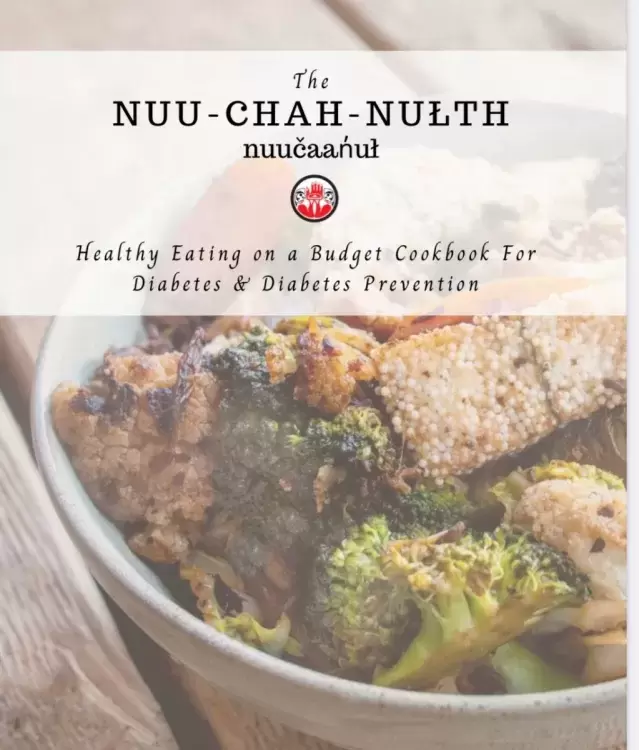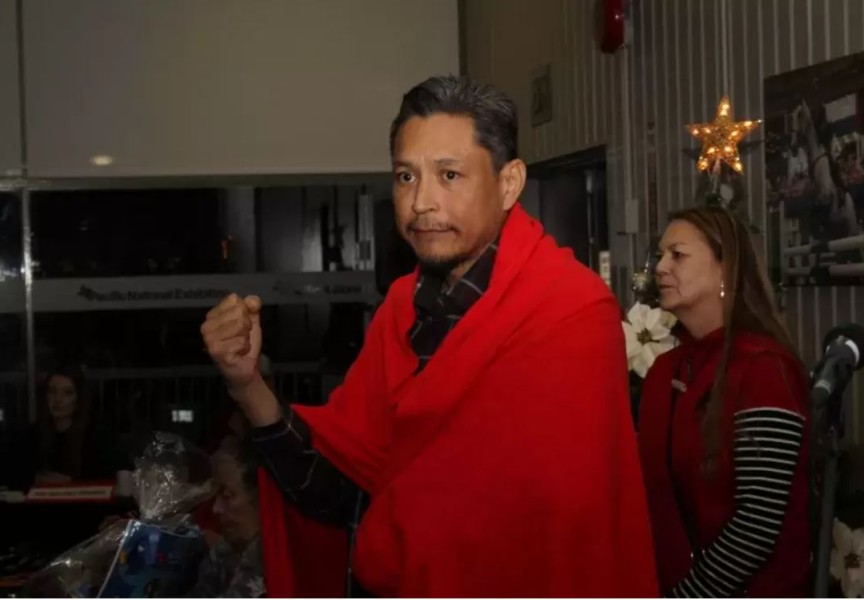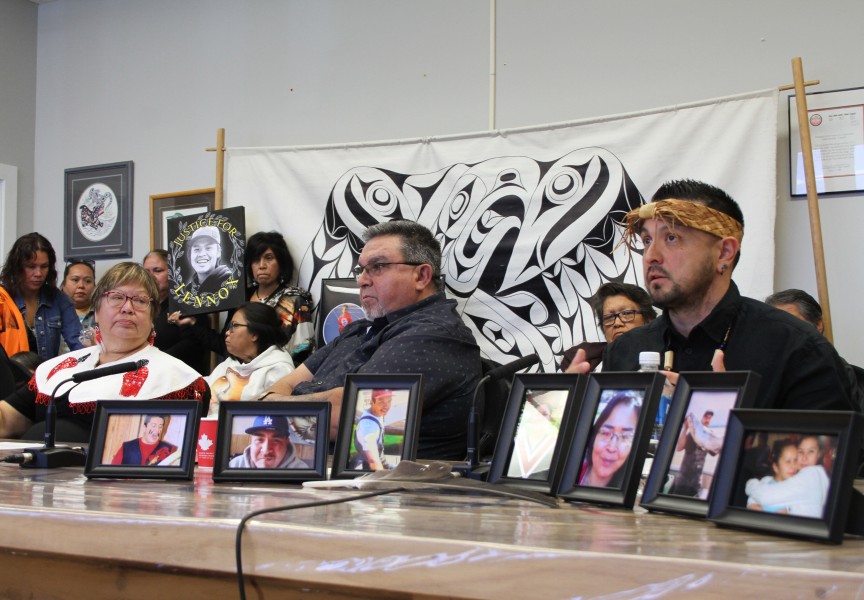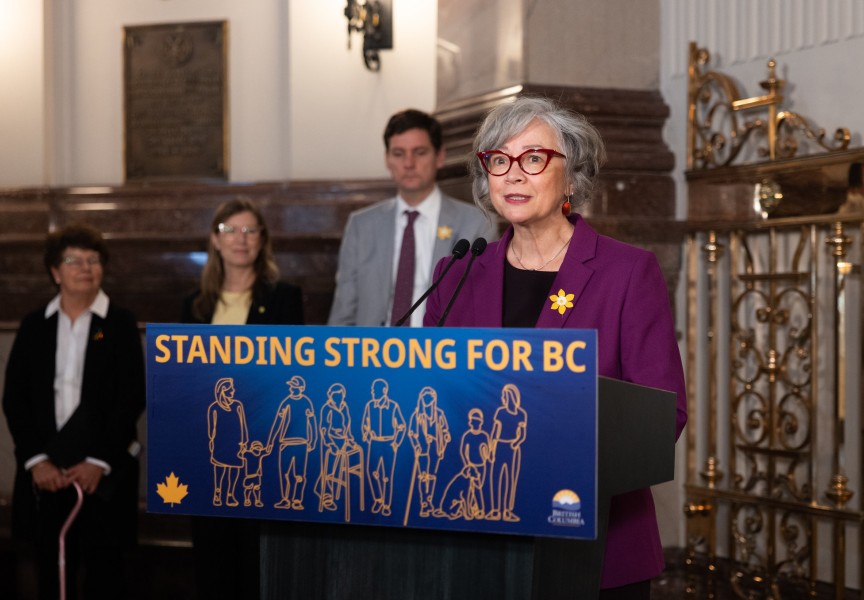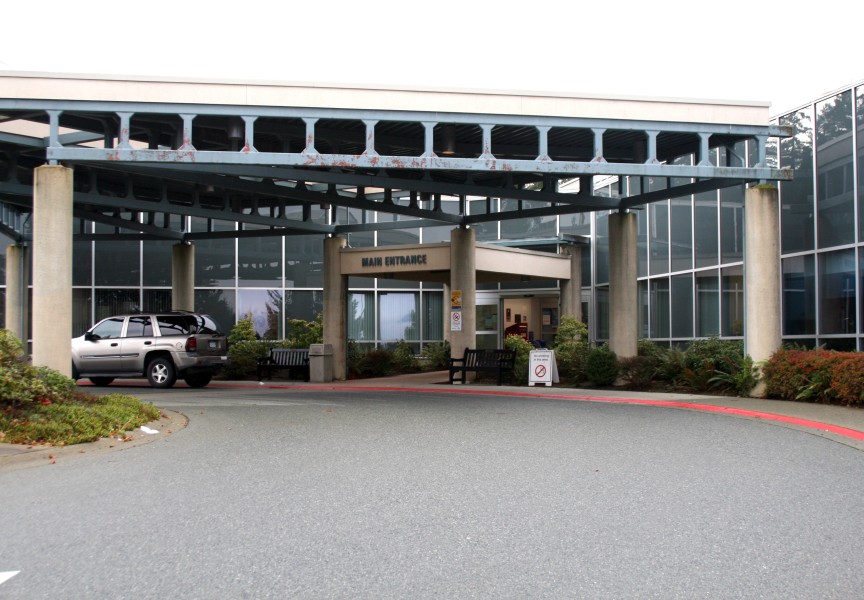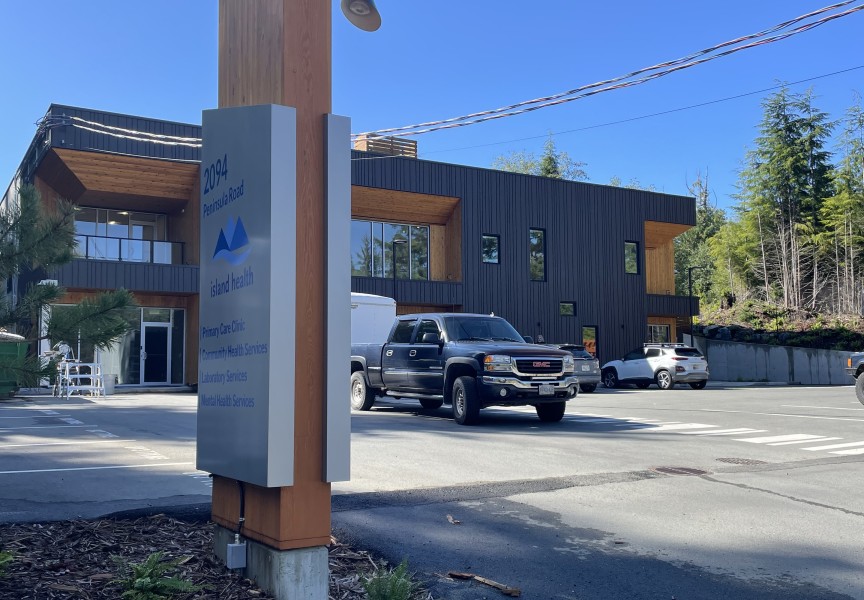A registered dietitian and certified diabetes educator with the Nuu-chah-nulth Tribal Council (NTC) is working to help those with diabetes - or at risk for diabetes - cook healthier at home.
Rachel Dickens has created a cookbook to share healthy recipes that are helpful for managing or preventing diabetes. The cookbook also addresses the increased cost that is often associated with healthy eating, offering cheaper ingredients and substitutions.
“We kind of wanted to create a traditional foods cookbook that was based around community members’ recipes and then the idea was to have the community member’s story around their recipe and relating it to their experience with it or their family,” Dickens said. “We were able to document a few of these stories and recipes but then COVID happened and the cookbook project kind of stopped.”
Dickens, who is originally from Prince Rupert and is of mixed heritage, including Tsimshian of the Lax Kw'Alaams band, European settler and East Asian, said in the initial phases of lockdown last year she continued with the cookbook with several of her own recipes and a few from community members.
The recipes aim to be free of refined carbohydrates, refined sugar and they all contain a quality protein source.
“When there isn’t a traditional food like fish or wild meat it might be something like eggs or peanut butter for the protein source,” Dickens said. “All carbohydrate sources push our sugar levels up and exhaust our pancreas, and that’s what kind of leads to diabetes down the line or makes our diabetes get worse. One thing I do try to focus on for people with diabetes is getting one protein source at every meal.”
Dickens said the goal of the cookbook is for it to be “fluid” so community members can continue to add their own traditional recipes to it.
When she receives a new recipe, Dickens cooks it at home to make sure all the measurements are right and then takes a photo to add to the cookbook.
“If needed I would add more fibre or protein depending on the recipe and share it back with the community member, and if they’re okay with it I give them credit in the cookbook,” Dickens said. “Someone recently shared a recipe and she wanted to share some language in it as well so that one will be included soon.”
Some recipes are also borrowed from some favourite Indigenous cookbooks, resources and websites.
According to the cookbook, rates of Type 2 diabetes are higher in Indigenous populations across the country. The statistics show that 11 per cent of Vancouver Island First Nations living on reserve reported being diagnosed with diabetes, compared to nine per cent for non-indigenous people. The combination of chronic stress with a decreased access to quality and traditional foods, as well as a decrease in physical activity levels, has led to higher rates of Type 2 diabetes in Indigenous populations across the country.
“I tell everyone that has diabetes it’s the same kind of eating style that everyone should be following, it’s just healthy eating,” Dickens said. “Part of that is the 80/20 approach, so 80 per cent of the time you can eat pretty well, high fibre, low refined carbohydrates and quality protein and 20 per cent of the time it’s okay to be flexible.”
The cookbook can be found online at http://nada.ca/?page_id=3518 Or by emailing Dickens and requesting a copy at Rachel.Dickens@nuuchahnulth.org.
Not only does the cookbook offer plenty of diabetes-friendly recipes, it provides a wellness guide for what foods are best to eat and what is best to avoid. It also provides tips for nourishing the body, mind and spirit, diabetes prevention, management of the condition and how to read labels and nutritional information.

